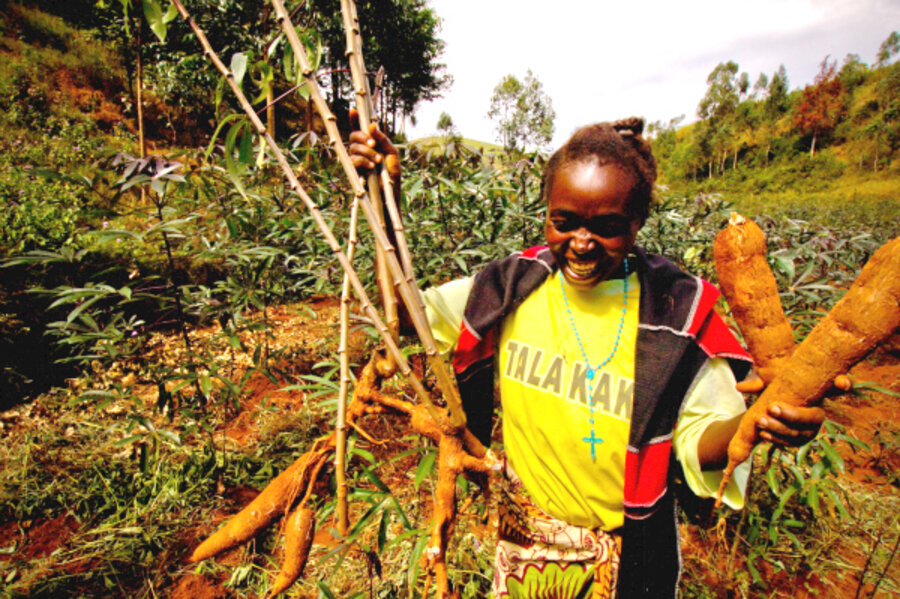The bad – and good – news on microcredit
Loading...
First Muhammad Yunus founded the nonprofit Grameen Bank, which lent tiny amounts of money to poor people to start businesses. It appeared to be a revolutionary success and he received the Nobel Peace Prize for his work in 2006.
In 2009, for example, Grameen had 6.4 million active borrowers with an average loan size of $127.
Then came the second guessing. For-profit companies got into the micro-loan business charging high interest rates in order to generate an attractive return for their investors. While nearly all of Grameen's borrowers repaid their loans in full, other lenders didn't do so well. Borrowers began to default. Pressured by their creditors, some in India even committed suicide when they couldn't repay their loans.
In May, the government of Bangladesh forced Mr. Yunus out of his position with the Grameen Bank, saying he had mismanaged the bank. But even before his ouster, Yunus was calling for reforms in microlending, including capping interest rates. "Commercialization has been a terrible wrong turn for microfinance, and it indicates a worrying 'mission drift' in the motivation of those lending to the poor," he said in a New York Times opinion piece in January. "Poverty should be eradicated, not seen as a money-making opportunity."
Now a study published in the June 10 issue of journal Science provides more fodder for the debate over the value of microlending. It looked at microloans given to just under 1,000 people in the Philippines who run very small businesses. Economists Dean Karlan of Yale University and Jonathan Zinman of Dartmouth College compared the outcomes for two similar groups, one that received microloans and one that did not, over roughly a one- to two-year period.
Their findings? Microloans don't help expand businesses nor did they contribute to a better sense of well-being among the borrowers.
But there were some surprising benefits. The loans helped families cope with other kinds of economic challenges, providing a way to manage their meager "cash flow." They used the money to do things like pay school fees and medical bills, and sometimes just to buy food.
"It is likely that helping poor families borrow and manage cash flow – reliably, flexibly, and for a range of uses – will end up being the truly big idea behind microcredit, even if it’s not the big idea that inspired the global movement," says Jonathan Morduch in an analysis piece that accompanies the study paper.
"The idea that microcredit creates a new class of hard-working, independent entrepreneurs sells well with investors and donors," he writes. "But it risks undermining support for what may be a more important reason to care about access to finance: that it helps families cope with economic challenges that may not be related to business."





